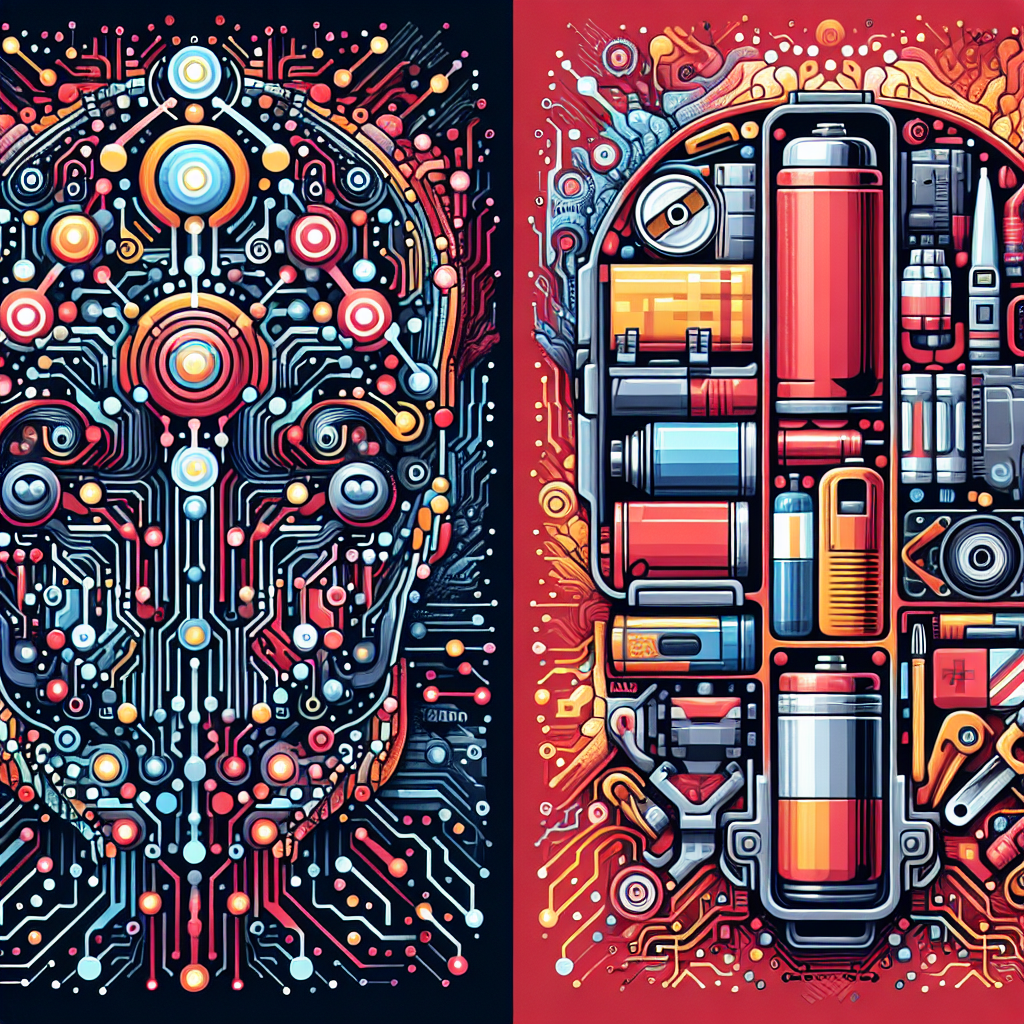In recent years, the world has witnessed a rise in the frequency and intensity of natural disasters, such as hurricanes, earthquakes, and wildfires. These disasters have devastating effects on communities, causing loss of lives, destruction of infrastructure, and economic instability. In the face of such challenges, it is crucial for governments, organizations, and individuals to be well-prepared and equipped to respond effectively to disasters.
One of the key elements in disaster preparedness is the use of advanced technologies, such as Artificial Intelligence (AI) tools. AI has the potential to revolutionize disaster management by providing real-time data analysis, predictive modeling, and decision-making support. In this article, we will explore the role of AI tools in disaster preparedness and response, and how they can help save lives and minimize damage during emergencies.
Role of AI Tools in Disaster Preparedness:
1. Early Warning Systems: AI-powered early warning systems can help predict and detect natural disasters before they occur. For example, AI algorithms can analyze weather patterns, seismic data, and other environmental factors to forecast hurricanes, earthquakes, or floods with high accuracy. This allows authorities to issue timely warnings to at-risk populations, evacuate areas in danger, and mobilize resources for response and recovery.
2. Risk Assessment and Mapping: AI tools can analyze vast amounts of data to assess the vulnerability of communities to various disasters. By mapping out high-risk areas and identifying critical infrastructure, AI can help stakeholders prioritize resources and develop targeted mitigation strategies. For instance, AI can assess the impact of a potential earthquake on buildings and infrastructure, helping engineers retrofit structures to withstand seismic forces.
3. Resource Allocation: During a disaster, it is crucial to allocate resources efficiently and effectively to save lives and minimize damage. AI can optimize resource allocation by analyzing real-time data on population density, road conditions, and emergency response capabilities. This enables authorities to deploy emergency services, supplies, and personnel to the areas most in need, ensuring a swift and coordinated response.
4. Search and Rescue Operations: AI-powered drones and robots can be deployed in disaster zones to assist in search and rescue operations. These devices can survey inaccessible areas, locate survivors, and deliver aid to remote locations. AI algorithms can analyze images and sensor data to identify individuals in need of assistance, guiding rescue teams to their exact location.
5. Communication and Coordination: AI tools can facilitate communication and coordination among response teams, government agencies, and humanitarian organizations during a disaster. AI-powered chatbots and virtual assistants can provide real-time updates on the situation, answer queries from the public, and streamline information-sharing among stakeholders. This improves collaboration and decision-making, leading to a more effective response effort.
6. Predictive Modeling: AI can be used to develop predictive models that simulate the impact of different disaster scenarios and assess the effectiveness of various response strategies. By running simulations and analyzing data, AI can help stakeholders understand the potential consequences of a disaster, identify gaps in preparedness, and refine their response plans accordingly. This proactive approach allows for better decision-making and resource allocation in the face of uncertainty.
FAQs:
Q: How can AI tools help in disaster response and recovery efforts?
A: AI tools can help in disaster response and recovery efforts by providing real-time data analysis, predictive modeling, resource allocation optimization, and communication support. These capabilities enable stakeholders to make informed decisions, coordinate response activities, and prioritize resources effectively, leading to a more efficient and coordinated disaster response effort.
Q: What are some examples of AI tools used in disaster management?
A: Some examples of AI tools used in disaster management include early warning systems, risk assessment and mapping tools, resource allocation algorithms, search and rescue drones, communication platforms, and predictive modeling software. These tools leverage AI technology to enhance decision-making, improve situational awareness, and facilitate collaboration among response teams.
Q: How can organizations and governments integrate AI tools into their disaster preparedness plans?
A: Organizations and governments can integrate AI tools into their disaster preparedness plans by investing in AI technology, training personnel on AI applications, and collaborating with AI experts and developers. By incorporating AI tools into existing emergency response protocols, stakeholders can enhance their capabilities, improve their response times, and mitigate the impact of disasters on communities.
Q: What are the challenges of using AI in disaster management?
A: Some challenges of using AI in disaster management include data privacy concerns, ethical considerations, algorithm bias, technical limitations, and interoperability issues. It is important for stakeholders to address these challenges through robust data governance, transparency in AI decision-making, diversity in AI development teams, and standardization of AI systems to ensure their effectiveness and reliability in disaster scenarios.
In conclusion, AI tools play a critical role in disaster preparedness and response by providing valuable insights, optimizing resource allocation, enhancing communication, and facilitating decision-making. By harnessing the power of AI technology, stakeholders can improve their capabilities, enhance their resilience, and save lives in the face of natural disasters. As the frequency and impact of disasters continue to rise, it is imperative for organizations and governments to embrace AI tools as a key component of their disaster management strategies.

